Unusually, this review has 3 authors. I (Hamish) was sent the TTArtisan 28mm f/5.6 lens to try a few months ago. Not long later, Vincent got in touch to say he was going to review it for this website too. I soon suggested we combine our efforts. I then became incredibly busy with work, and with that my writing had to take a back seat for a little while.
Whilst in this busy phase, Dave Young – a local photographer to me and the man behind 595Strapco – got in touch asking me if I had tried the lens. I told him that I hadn’t, but I did have one that he could have a go with if he liked. He agreed, and also agreed to share some of his non-lens-critic thoughts on the website.
Short of this all turning into 3 articles about this lens, I decided to combine them into this single article. A review of one lens, by 3 people, one who has shot with one copy of the lens, and 2 others who have shot with a second different copy of the lens. None of us read the other persons perspectives before writing our own. Though I must admit, I did expect Vincent to do his usual excellent, in-depth job, so I kept my thoughts short and sweet. As such, Vincent has written the most, so the review starts with his thoughts:
TTArtisan 28mm f/5.6 Review – by Vincent Bihler
The M mount lenses market has lately exploded with the arrival of several Chinese manufacturers, during the last couple of years. These manufacturers (7A, TTA, Zhongyi, and others) are selling directly to their final customers and propose prices that often make people wonder if these lenses are serious / qualitative enough to be mounted on an M mount camera. It seems that, if you are ready for some drawbacks like rangefinder fine-tuning and small quality-check issues, these lenses tend to be quite good and are known to offer surprising imaging quality (for the price). I previously wrote about the TTArtisan 35mm f1.4, 21mm f1.5 and 50mm f0.95. Each one of these lenses have surprised me enough to consider keeping them at some point. This is the kind of lens that proposes 80% quality for 20% of the price.
The major downside (to me) of all these lenses is their size. And I believe this is what makes these lenses quite unpopular for many M shooters. Rangefinder users usually tend to choose this medium for its size and compactness (and technically perfect lenses, I hear). I think most M users actually shoot street photography / everyday life / reportage, most of the time. And I feel that the more discrete you are, the better you can immerse into the scenery. One of the best indicators of this tendency should be the 2nd hand prices of gear and it seems that the lenses that have seen the bigger price rises during the last years are the small yet technically great lenses (yes, I am looking at you, Summicron-M 35mm). These are lenses that suit almost any kind of situation, lighting and provides incredible pictures when used appropriately. The demand for that kind of lens, priced reasonably is quite high I believe. Voigtlander is a brand that apparently figured that out well recently with their most recent lenses like the 21mm f3.5, 28mm f2, 35mm f2 and 50mm f1.5. All of these lenses are super small, super sharp and technically great little lenses.
I have been waiting for one of these Chinese newcomers to come up with just such a lens and wasn’t surprised when I heard about this one: the TTArtisan 28mm f/5.6.
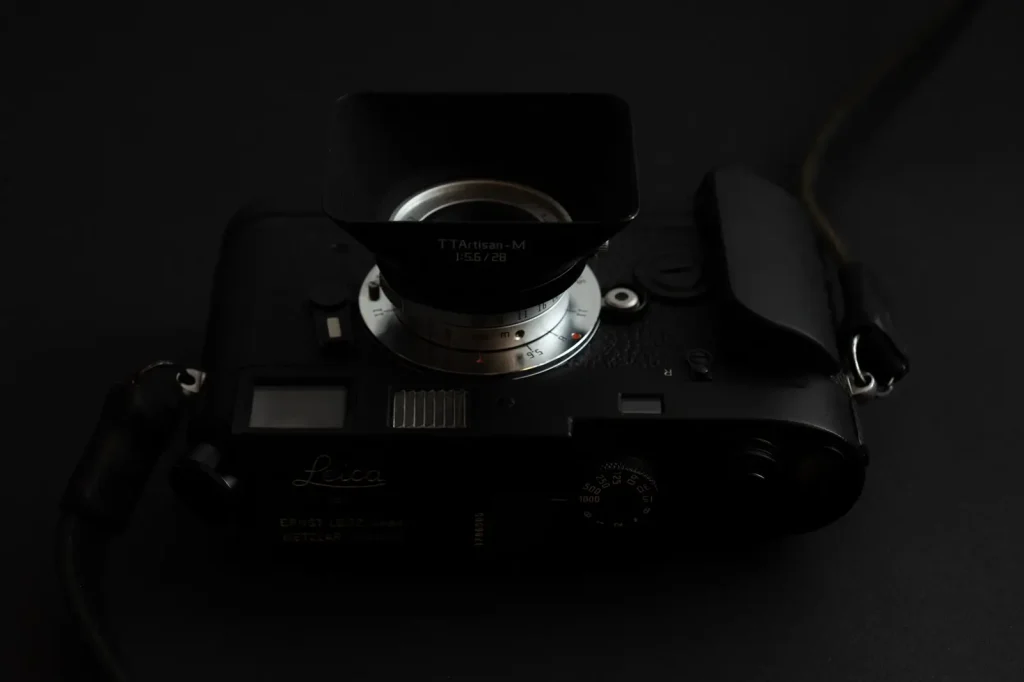
Construction
Their previous lenses were looking a lot like Leica lenses, design-wise. And now, the resemblance with the Leica Summaron 28 is even more striking. Yes, the overall shape is a copy, it is as simple as that. Even the provided hood looks like the OG one. But the resemblance ends here with the look. This lens formula (7 elements in 4 groups, high index and low dispersion glass) is actually totally new and it is quite pleasing to see that MTF charts seems to suggest that the optical performance is quite good. Diffraction will be limiting the lens performances already at f11, so I guess ideal aperture would be somewhere between f5.6 and f8.
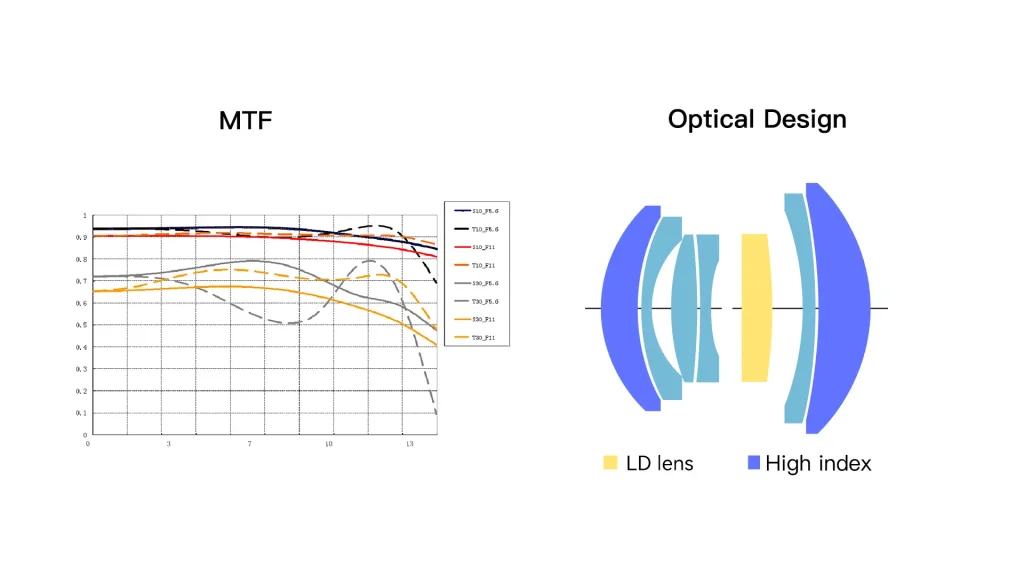
When you open the (very nice) box at first, you can see and feel that the build quality is top notch. The lens is seemingly 100% made of brass, even the hood and caps. The lens is VERY heavy and dense for its size. The aperture ring has very nice clicks and the focusing ring is buttery smooth. It even has the infinity lock, working great. The overall feel is very good. Rangefinder coupling seems good enough for a f/5.6 lens and the hyperfocal markings are well placed, good news. The only downside to me will be the minimum focusing distance of 1 meter with such a wide lens.
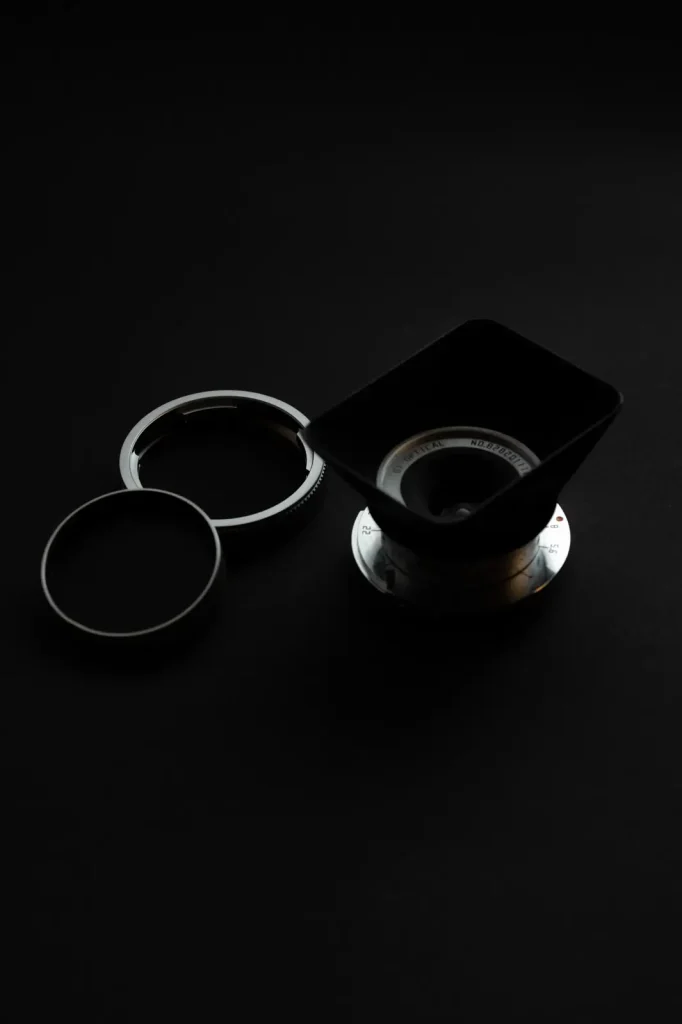
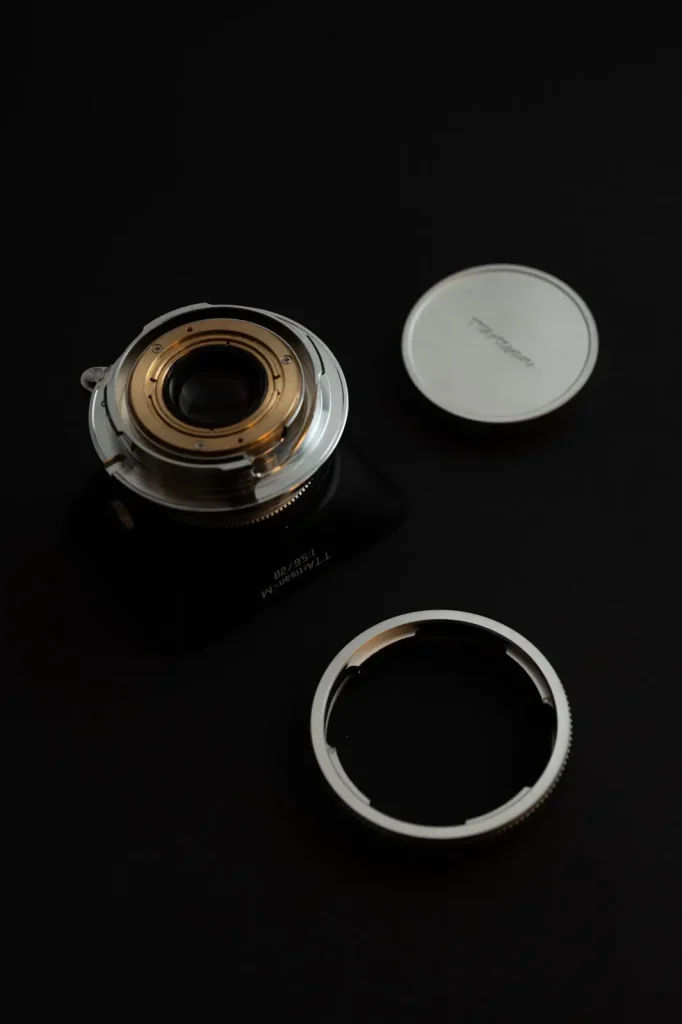
Hitting the streets
I decided to bring this lens with me during a short trip in Istanbul where, I thought, this lens would be ideal for dynamic street scenes. I used hyperfocal a lot, so I was able to shoot as fast as possible. During the whole journey, I felt that 28mm was kind of awkward to me as I mostly shoot with 21 and 35mm lenses. But I kept going and forced myself to use that lens as often as I could. Here are some photographs I finally managed to get out of this little dude.
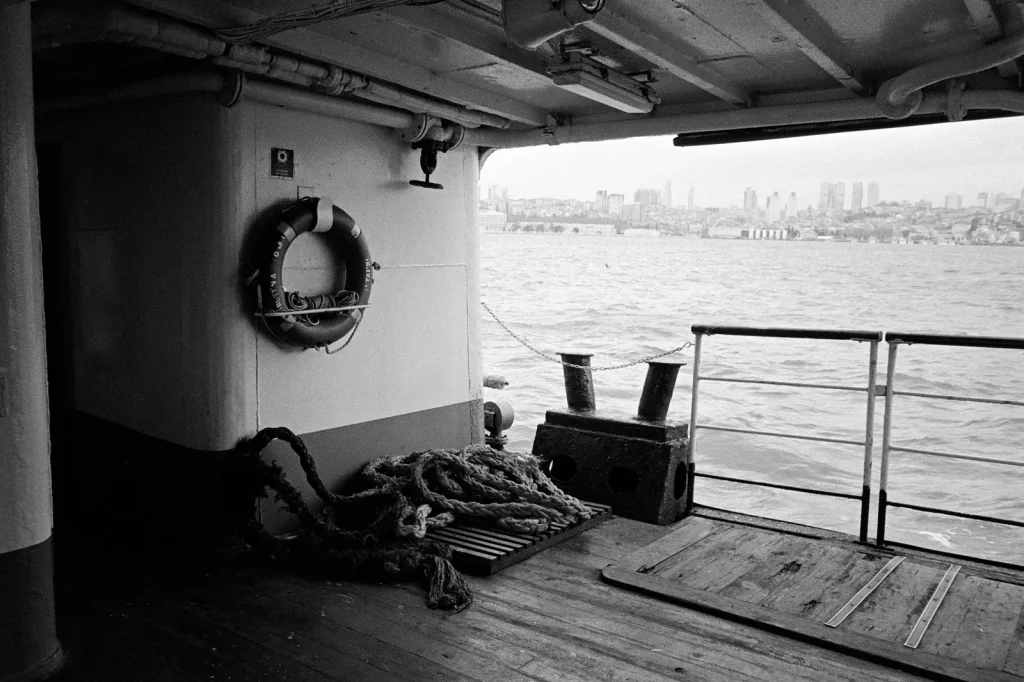
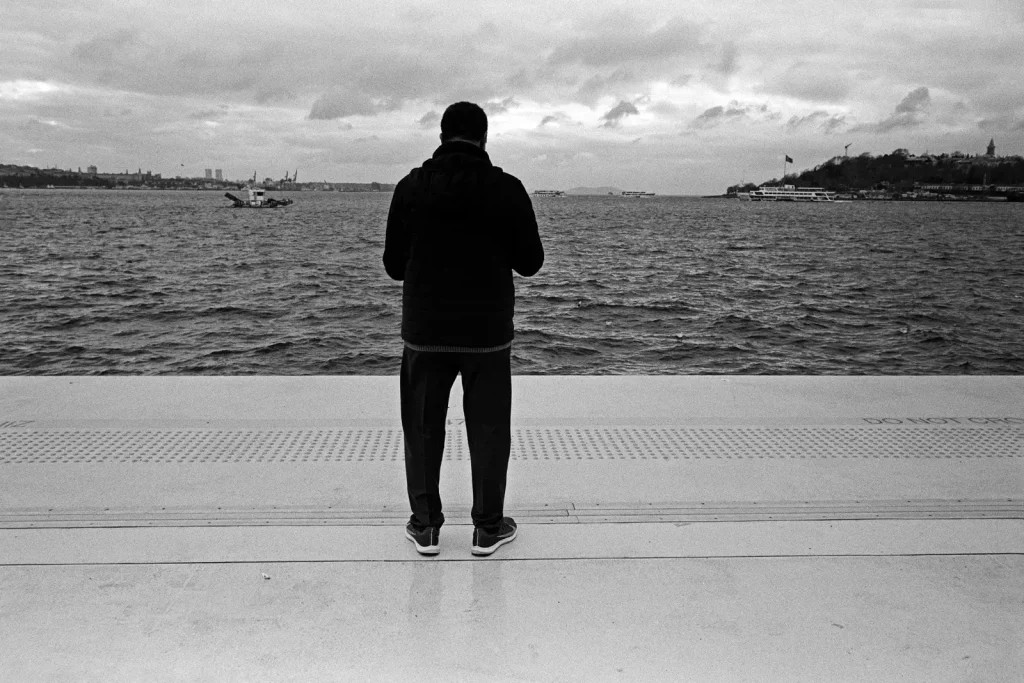
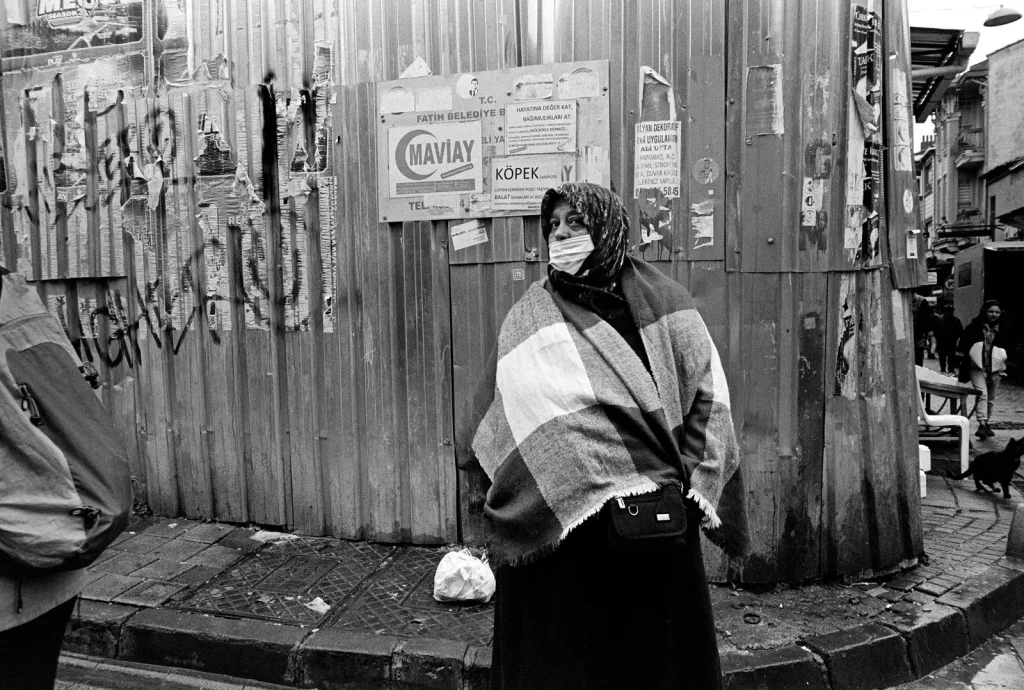
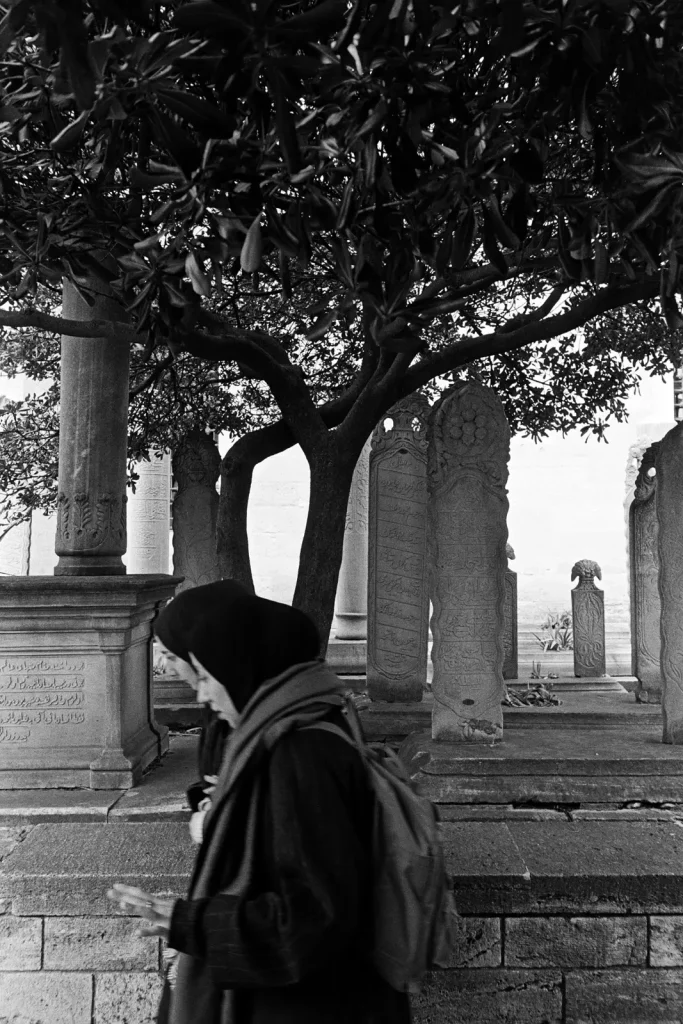
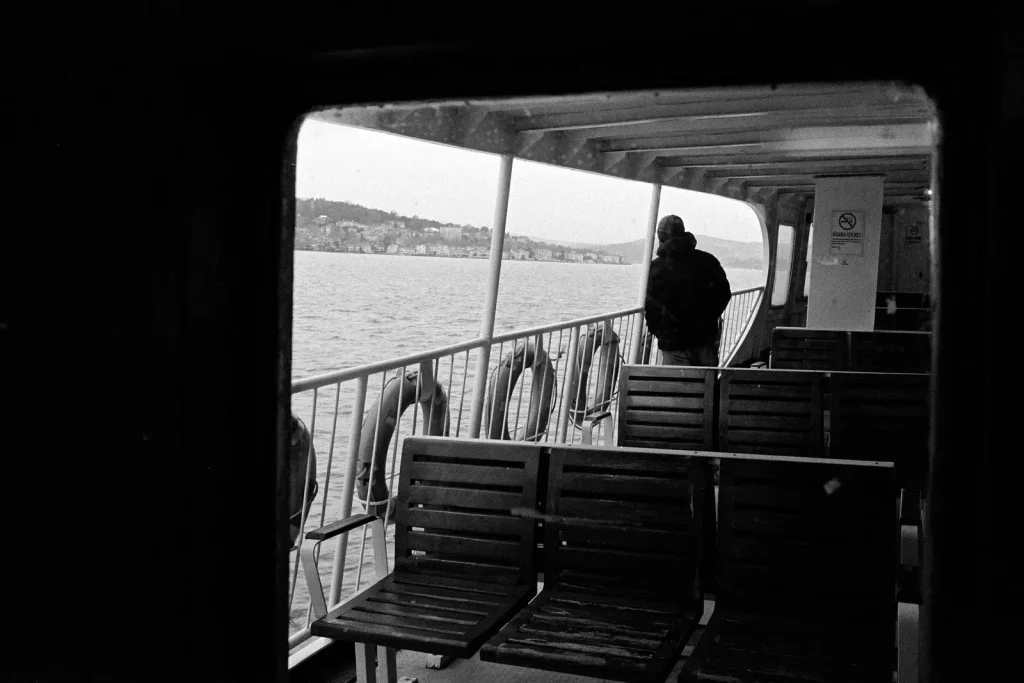
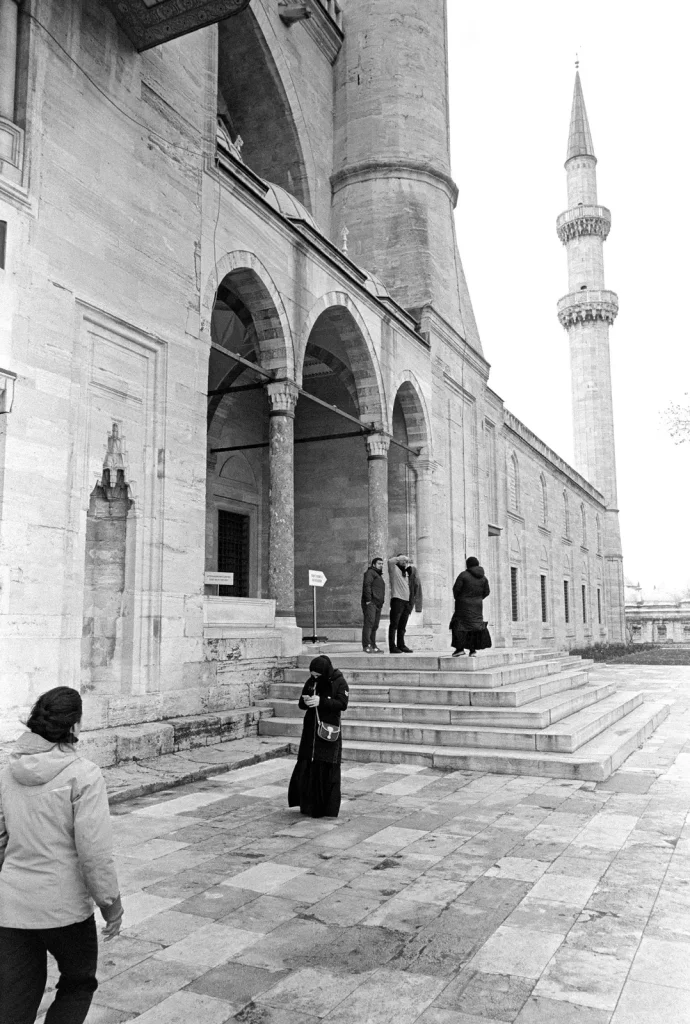
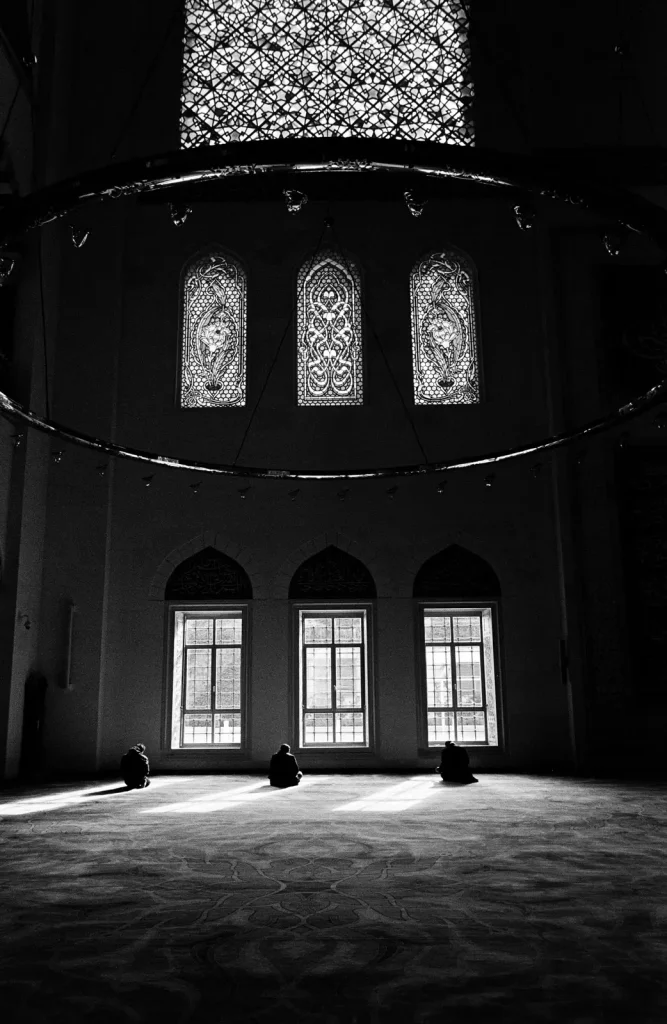

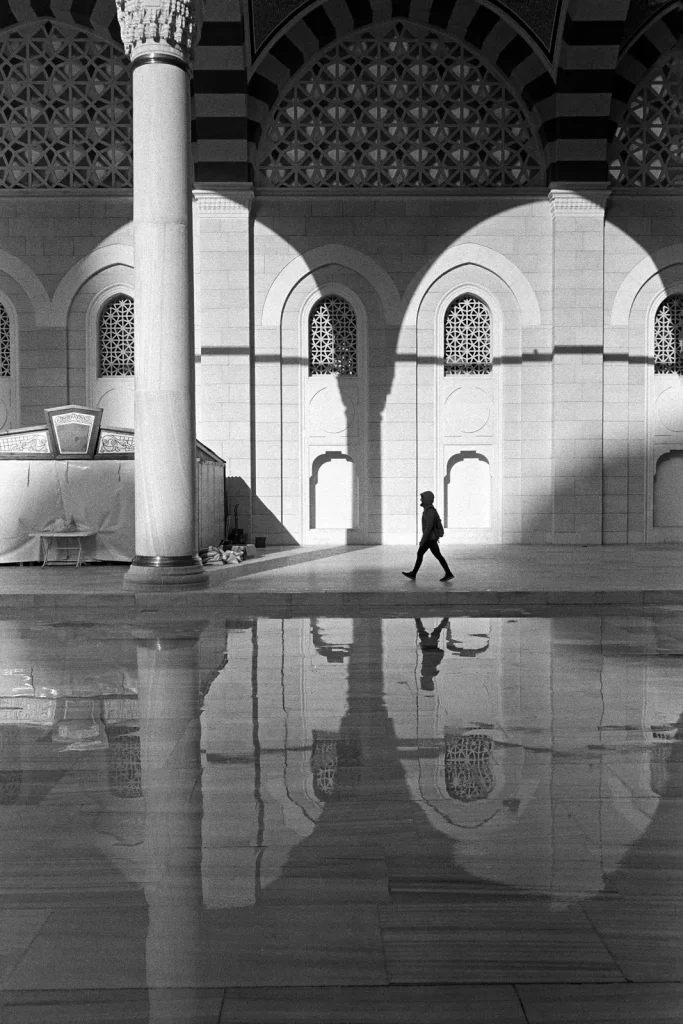
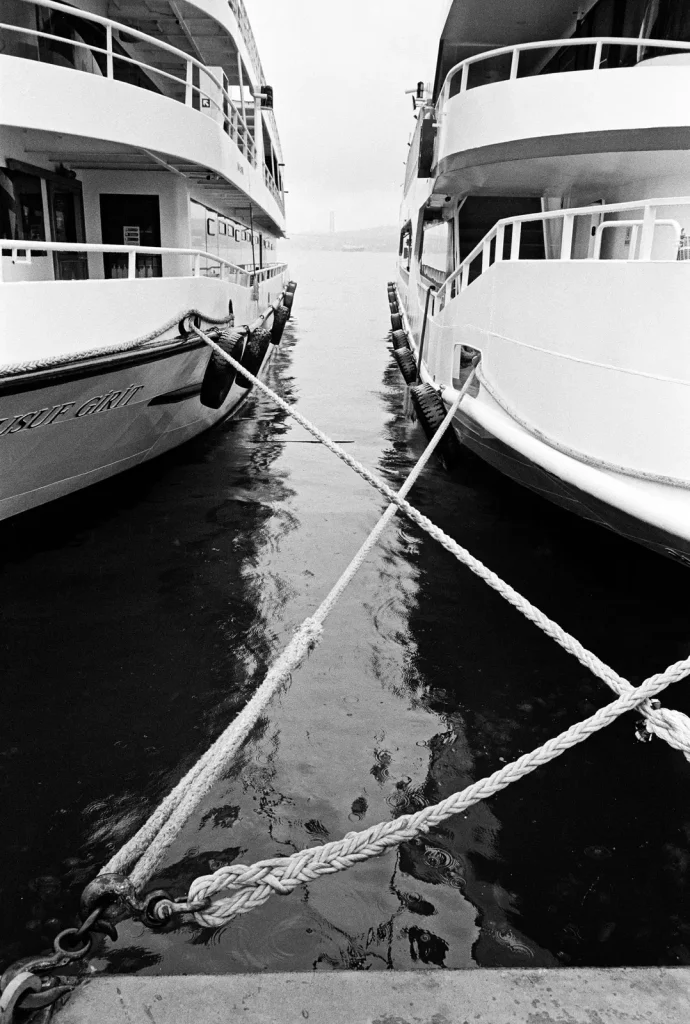
Looking at my negatives, I have to say I am impressed by the punch this little lens gives to the pictures. Contrast is quite high from 5.6 and sharpness seems to be high enough for usual film stocks, all across the frame. The lens really shines for quick candid pictures and its size is a real plus. Also, it seemed to be pretty distortion free, which is gold when you print in the darkroom. The weather was not very nice. Heavy clouds, a lot of rain. But in the end with a 400iso film, you’ll be just fine at f5.6 or f8 all day long whatever the conditions are. It is only when the sun sets that things get complicated and I always change my lens for something brighter at that moment. Also, forget about bokeh, it is just non-existent.
I thought the 28mm focal length was not ideal for me (I tend to prefer 35mm for general use), but looking at the pictures, I have to say I appreciate the dynamic this focal length offers a lot. It really places the viewer a little bit more inside the frame.
Conclusion.
Pros:
- Incredible build quality
- Good rangefinder coupling
- Size is awesome
- Sharp all across the frame
- No distortion
- Focal length
Cons:
- f5.6, obviously
- Silver colour only
- The Summaron copy is maybe a bit too obvious with this design
I enjoyed shooting with this TTArtisan 28mm f/5.6 a lot. The quality / price ratio is great and I only see one real alternative: the Color skopar 28mm f3.5. This lens is tiny, well built too and even is 1,5 stops brighter. But this last one has seen quite a price increase lately, so you can expect to pay at least twice the price of the TTArtisan.
In the end my only real gripe with it is its limited maximum aperture. I like using only one lens when I travel and the fact that I had to change my lens when it got dark was a bit frustrating. Oh and I think they really should propose a black version as black colour is a pretty common choice for most M shooters out there. Other than that, the TTArtisan 28mm f/5.6 is sharp, well corrected, small and everything you could want from a little street / reportage lens. Well done TTArtisan!
I am very excited to see what their next street oriented lens will be. I hope we will see more ridiculously small lenses of other focal length (my own wish would be a tiny 35mm f1.4 ~1.7 based on old 70’s Nikon, Canon or Leica formulas with improved coatings, low dispersion glass to make them straight and sharp, please TTArtisan) … Now I know many people here will totally hate that lens for being a partial copy of the legendary summaron. Just don’t forget Cosina did the same thing with their Nokton Classic 35mm VS the legendary Summilux 35mm f1.4 steel rim, the Nokton 50 1.2 VS the Noctilux 1.2 and it seems that people actually don’t dislike them for that (and I do love them too).
Don’t hesitate to ask in the comments if you have more questions about that lens. Also, if you want to see more of my photography, please feel free to visit my instagram!
TTArtisan 28mm f/5.6 – My Brief thoughts – by Dave Young
I’ve been thinking of adding a 28mm M Mount lens of some sort to my small arsenal of Leica gear as I think the focal length would fit nicely with the Summicron 35mm & 50 lenses currently living in the camera bag. There are a number of times when I’m out in woodland or the local landscape when having a lens with just that little wider focal length than 35mm would be useful.
I have been an admirer of the Leica 28mm Summaron f5.6 lens for quite a while now, but given the price, admiration is as far as I’ve got with it to date to be honest. So when TTArtisan chose to recreate this Summaron-in-looks lens my interest was piqued. Of course, I’m not daft enough to expect it to perform like a Leica lens but if it was satisfactory to my needs then why not.
I’ve previously owned a couple of Chinese made lenses since owning my Leica M10-P and to be honest I’ve always been disappointed with their performance, so I was sceptical at the quality the TTArtisans 28mm f/5.6 could produce, but given its particularly cute looks, I was happy to give it a try. I would also prefeace my thoughts on the lens by saying I’m the least technical guy out there! I know what I like, but as far as technicalities of charts and rendering – I haven’t a clue, nor am I interested! If I like what a lens produces, that’s good enough for me.
Style and Ergonomics
It looks an awful lot like the Summaron 28mm f/5.6 and I love how it looks on my M10-P. To be honest I wasn’t sure on it being silver, I much prefer black for camera gear, if TTArtisan chose to produce a black version, it would make my feelings towards picking one up even stronger, however but the silver has really grown on me
It feels very good quality in the hand, even the front and rear caps feel premium, albeit the rear cap doesn’t fit on the 35mm or 50mm Summicron lenses I have which makes changing lenses in the field a slight faff. Focussing is good and you get just the right amount of feel and resistance when moving the manual focus pin.
The infinity focus lock is an interesting option, however there were a few occasions when shooting it I would have preferred an option of not locking the lens in position.
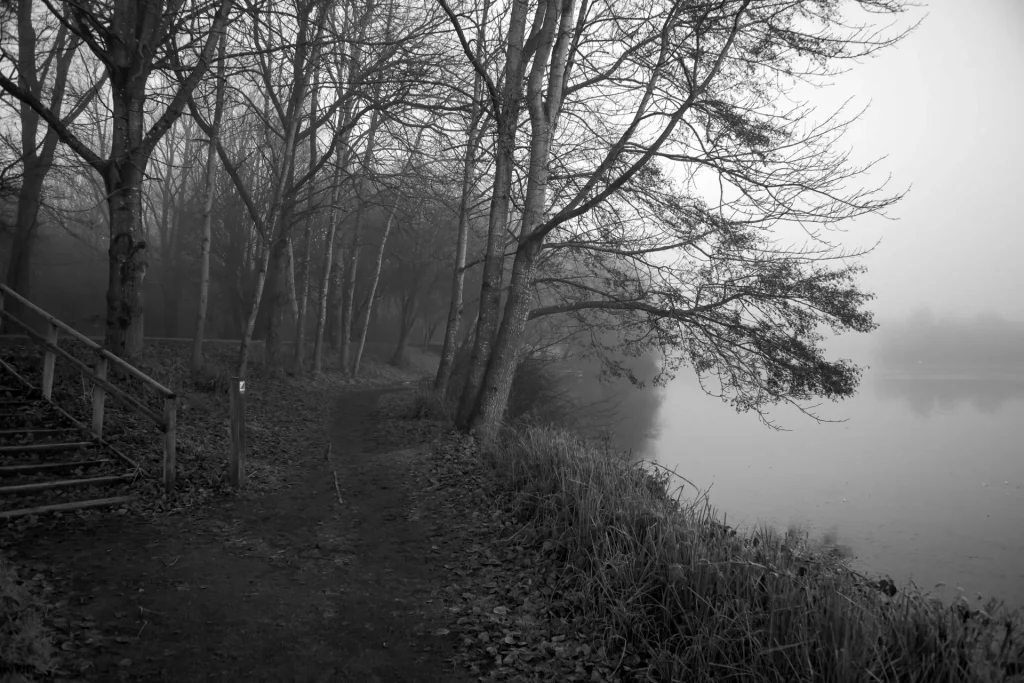
Image Quality
For me, the quality of the images appears to be very good. Certainly the centre is sharp and the corners don’t appear to be too soft at all. The corners aren’t as sharp as the centre, but I wasn’t expecting that to be case anyway. Being a minimum aperture of f/5.6 it does need some light and there’s a slight vignetting visible when shot wide open, but as most of the time I shoot with an aperture around f/8 I didn’t feel this was an issue for me.
I found over the past few months of concentrating on shooting black and white I like darker, under exposed images and in truth even if the corners are a little soft and have a vignette, this does not worry me with the style I am heading more and more toward.
Conclusions
Would I buy one? Well I’m definitely considering it. I’m still not sure I’m a 28mm focal length photographer – I tend to see much more in 35mm focal length, but for the bit of landscape photography I do, something a little wider is often useful just to make the composition really work. Outside of the question about the focal length and my style though, I really like the way it looks on the camera and the results for me are more than acceptable. It’s small, looks great and the overall performance of it is good enough for my needs – given it’s price it’s a bit of a no brainer!
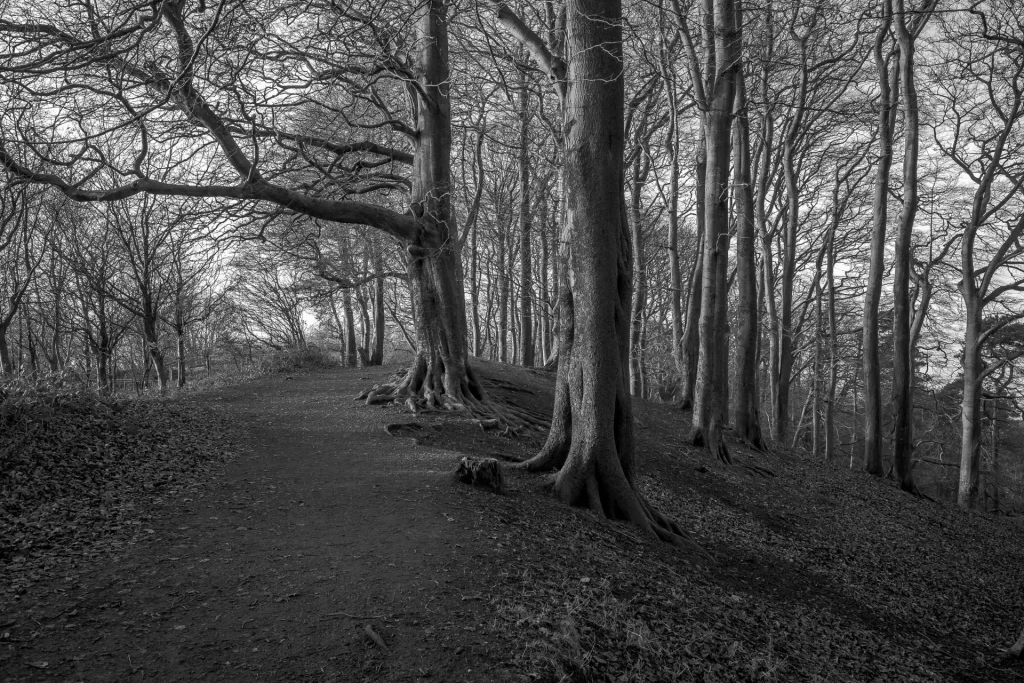
TTArtisan 28mm f/5.6 Review – by Hamish Gill
The TTArtisan 28mm f/5.6 is, in many ways not what I expected. I expected it to feel less well made than it does. I had it in my mind that it would be more of a gimmick, a knockoff Leica Summaron without any of the finesse. I have found myself a little surprised at what I actually received – though, as with all the Chinese lenses, there seems to be something of a catch.
I suppose it should come as no surprise that it’s not possible to get an exact copy of a Leica lens for 1/10th of the price – nor should it be possible for that matter. I’d imagine many people will view this lens as a copy – some, in fact, will probably be up in arms about how terrible it is that the Chinese are so willing to make such a close copy and go unchallenged. Personally, I find myself fairly ambivalent. I do agree that copying the Leica design so closely feels a little underhanded – after all, the goal is clearly to trade off the high value of the Leica version by selling something that looks similar for a lot less money.
But, will Leica lose any sales to this copy? No, almost certainly not. Someone who is willing to spend £2000+ on a 28mm f/5.6 lens is clearly already the sort of person that can afford a Leica lens. These sorts are unlikely to be swayed into going for a Chinese copy. In fact, what this lens does offer is something of the user experience of the higher cost lens for a lot less cash. That is to say, if you are after a low profile (pancake) wide angle lens to use in good light on your m-mount camera, this lens potentially fills that niche at a much more viable price point.
Two questions remain though: Is this lens any good optically? And was the mechanical design worthwhile TTArtisan copying? I shall start with the latter.
In Use
The TTArtisan 28mm f/5.6 feels pretty damn nice. It’s heavy, to kick off – it must be made of brass, if not a good chunk of it is. The design of the body of the lens is really nice too – it’s really well thought out for such a small lens. It has a dual helical (focusing doesn’t rotate the whole body of the lens), and the controls for focusing are well placed on the lens for easy and comfortable use. The focusing is pretty smooth without any sort of lumps or mechanical feel. This is quite unusual for Chinese brand lenses which I often find to have some sort of very slight/fine grit to the feel of the focusing.
I have also found myself impressed with the focus lock. I usually don’t like these locks, but on this lens, I have found myself much more comfortable with it. The issue I usually have is with the locks locking at infinity when in use. This manifests as either a frustration that I have to keep unlocking the lens, or that when I get close to infinity when focusing, I come up against the feel of the locking mechanism. Not so here – here I put my forefinger on top of the lock release button every time I focus, the result of this is that the lock never engages. Nice design touch, Leica! erm, I mean TT… no, I do mean Leica…!
The aperture control does have this fine grit feel, though I would argue this is less of an issue with an aperture control, especially on a lens that only has 5 aperture settings that start at f/5.6. In use, I just set the lens to f/8 and shot away – I don’t think I changed it many more than a couple of times. The stops are clicked too, with pretty strong indents.
Overall, very nice, though I feel I should point out there is a bit of movement in the front part of the the lens I have here if I grab it and wiggle it. Not much, but certainly enough that it is noticeable.
The Optics
Unlike the mechanical design, the optical design is not a copy of the Leica lens. The TTArtisan 28mm f/5.6 is 7 optics in 4 groups, the Leica 6 in 4 and is much more of a traditional looking design to me – not that I claim to be an expert on such things…

So, modern TTArtisan 28mm f/5.6, better than traditional Leica formula…? Well, unfortunately, I don’t have a Leica version of the lens to make a direct comparison. I only own one lens made by Leica and that’s a very old thread mount 50mm Elmar. That’s right folks, I am not the sort that can justify a £2000+ 28mm f/5.6 lens. Buying the M10-P was a big enough pill to swallow… I’ll stick to my 3rd-party lenses thank you very much!
I digress, for me here,the question is not how it stacks up to the inaccessibly expensive Leica lens, it is more simply just how it stacks up as a lens. The answer, with some small caveats is, very good!
Sharpness
The TTArtisan 28mm f/5.6 is really nice and sharp, even wide open. I suppose as a f/5.6 lens it would want to be. With this sharpness comes a fair bit of contrast too. The results have a nice bit of pop to them, though somehow I found them to look a little clinical almost – a sort of detail over feel type of sharpness, if that makes sense?
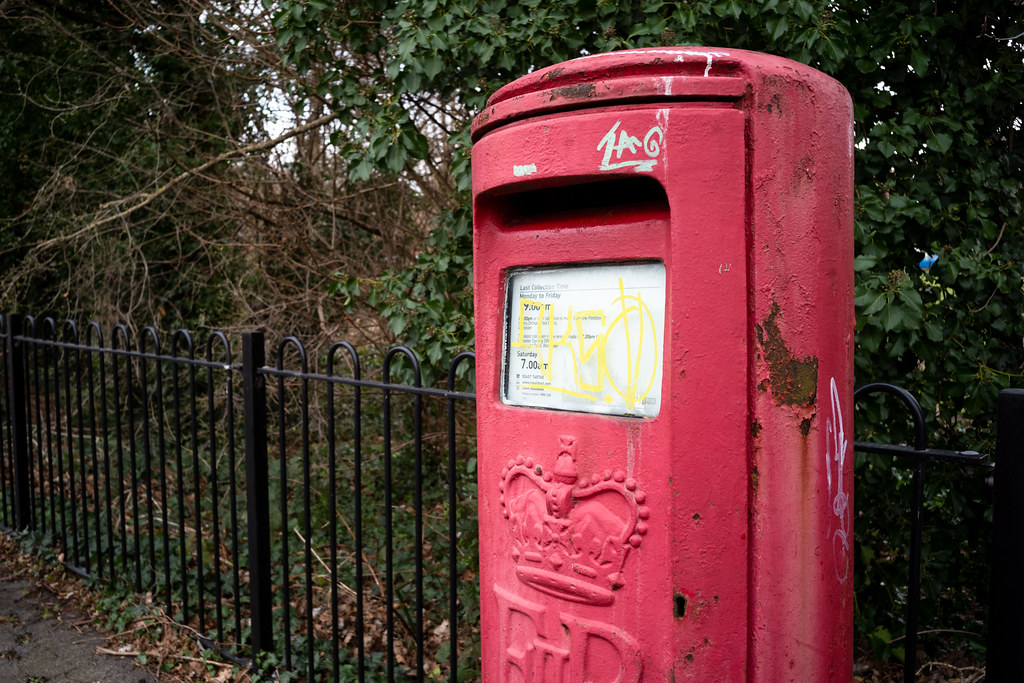
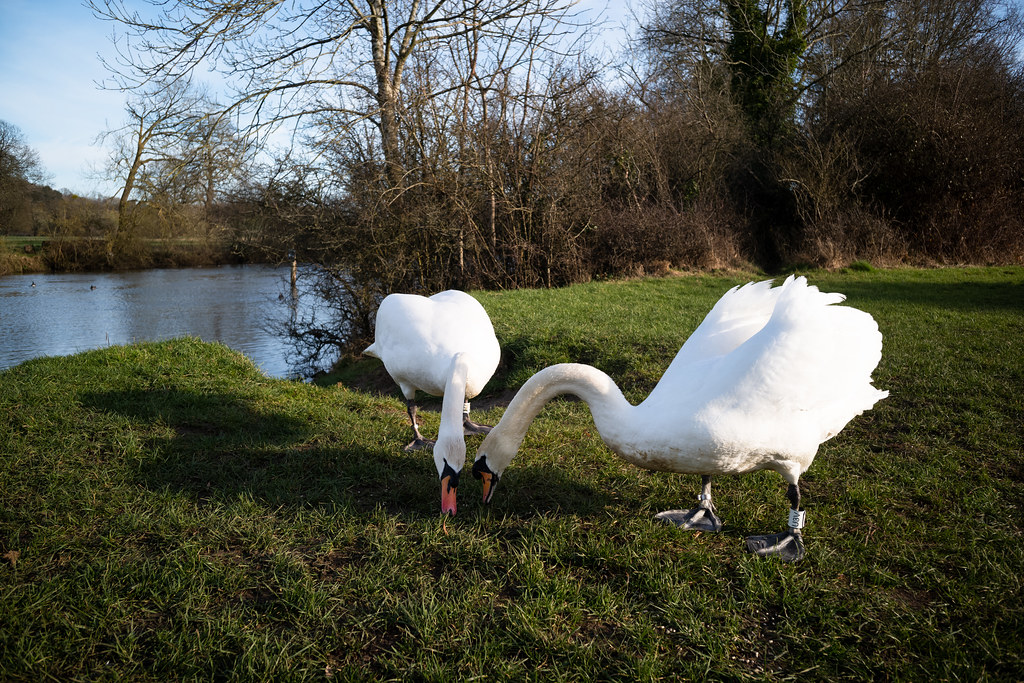
All is not perfect in the sharpness steaks though – toward the corners, even stopped down, the sharpness falls off quite a bit. I should say, I only shot this lens on digital. Digital cameras are a little less forgiving than film. I would anticipate better performance into the corners on film.
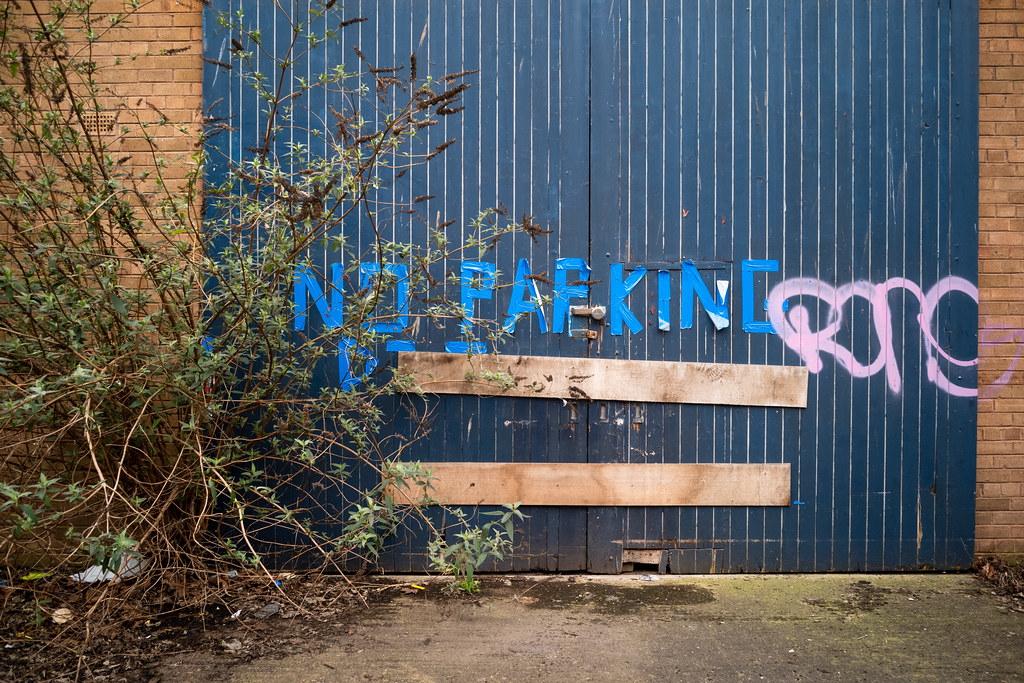
Distortion
As you can see by the above image, there’s no meaningful distortion.
Flare
I found a little bit of flare could intrude if I wasn’t careful. You can see that in action in the shot – the middle part of the lower right hand side of the frame has a bit of something going on.
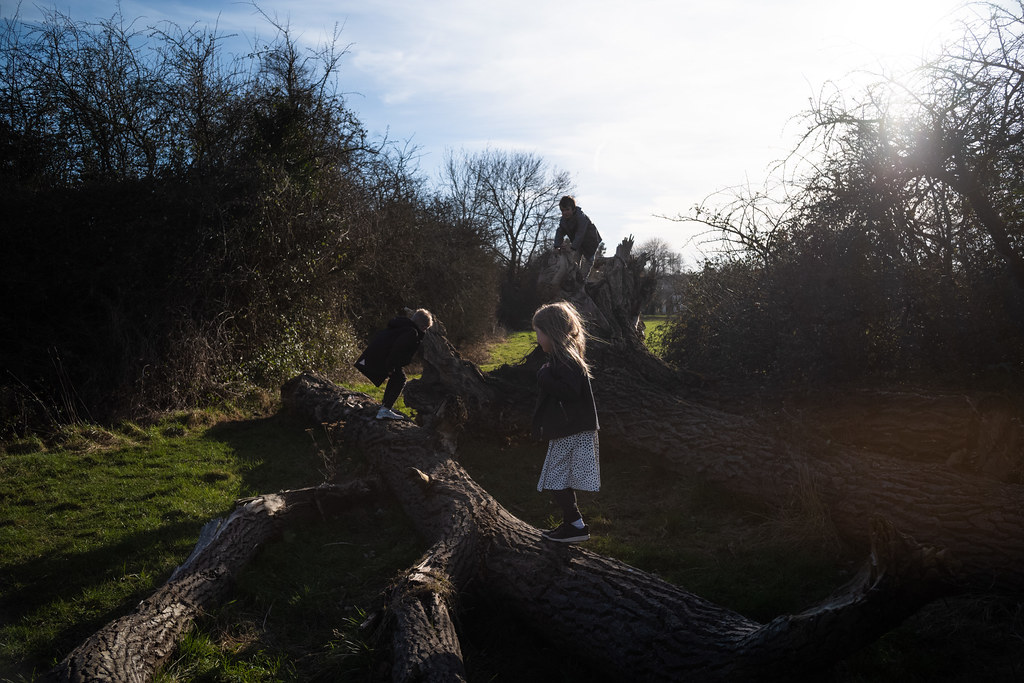
I also found this bit of internal reflection to crop up under extreme circumstances.

Nothing too serious though, and honestly I’m sure some of this would be fixed with the big hood (that I never used because I didn’t want to make a tiny lens so much bigger).
Vignetting
The final character trait that I noticed shooting the TTArtisan 28mm f/5.6 is the fairly heavy vignette. I must admit, I can’t remember if I shot this at f/5.6 of f/8. I thought f/8, but would have thought the vignette to lessen a little stopped down, and it is quite prominent here:
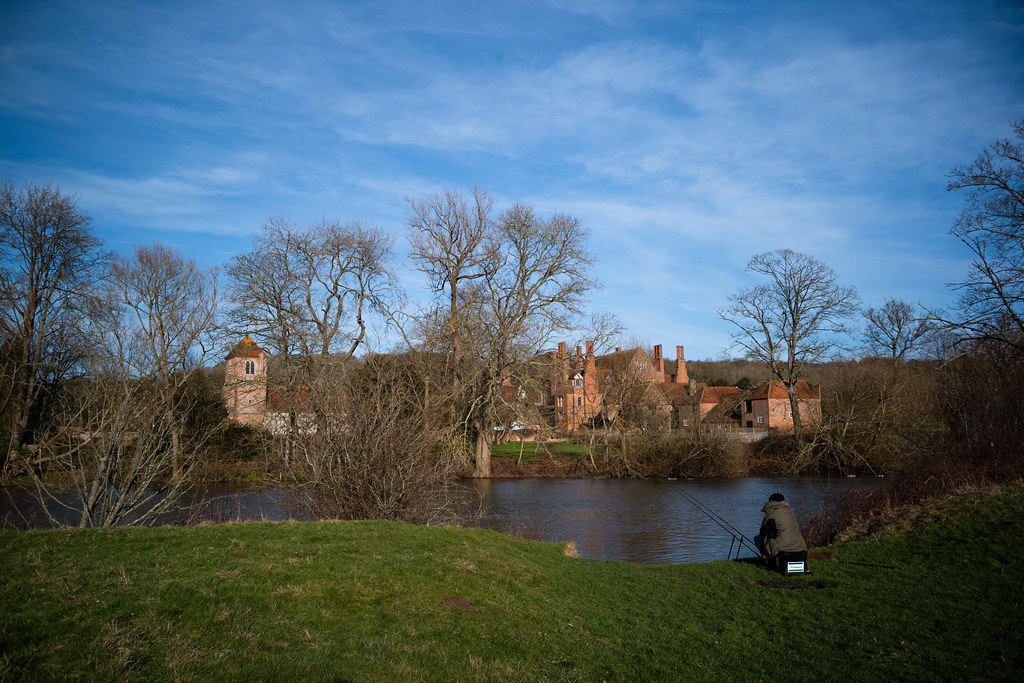
This one I am pretty certain I did shoot at f/5.6:
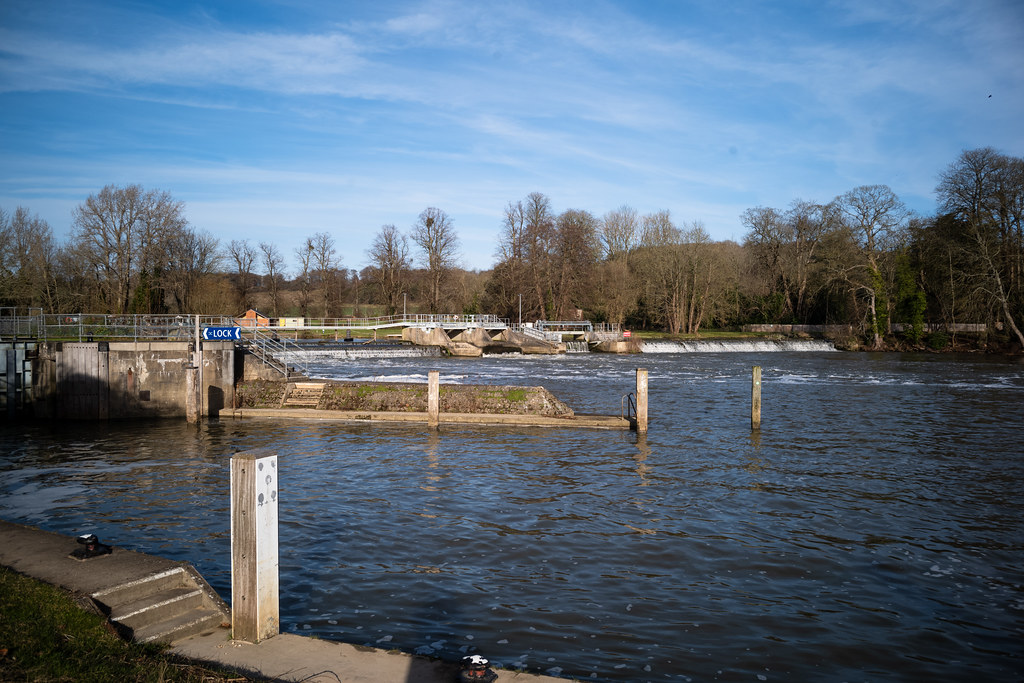
As you can see, the vignette can become quite dominating, though not unattractive, I don’t think…
1m MFD
One final point to note is that the minimum focusing distance is only 1m. This surprised me a little – it must be a limitation of the mechanical design that it can’t focus down to 0.7m. A shame, I like my wides to focus closer.
A couple more pictures
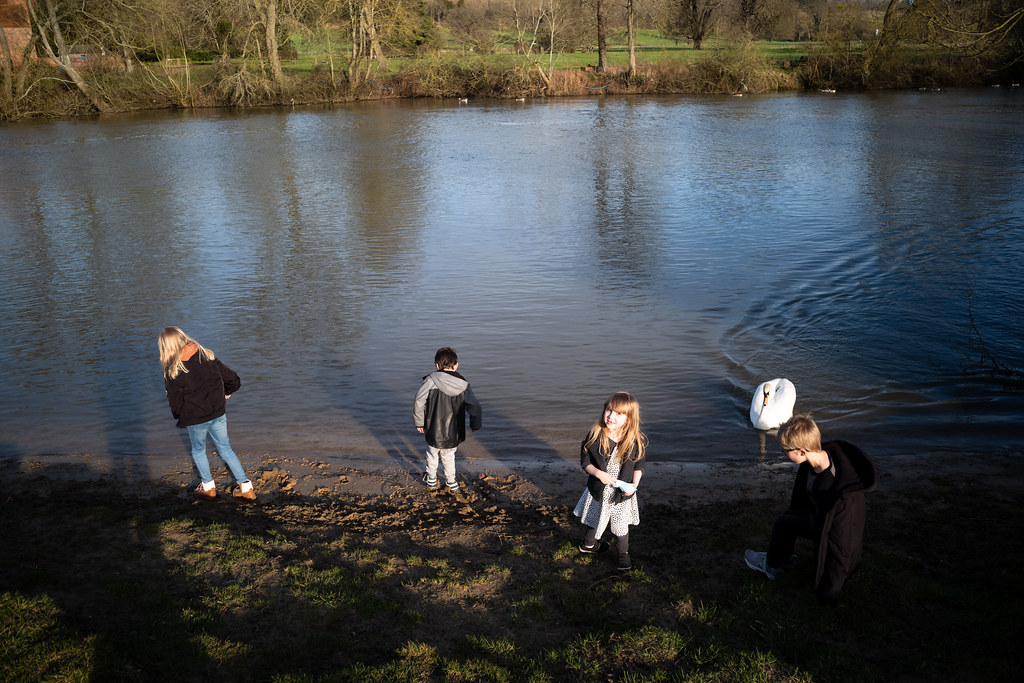
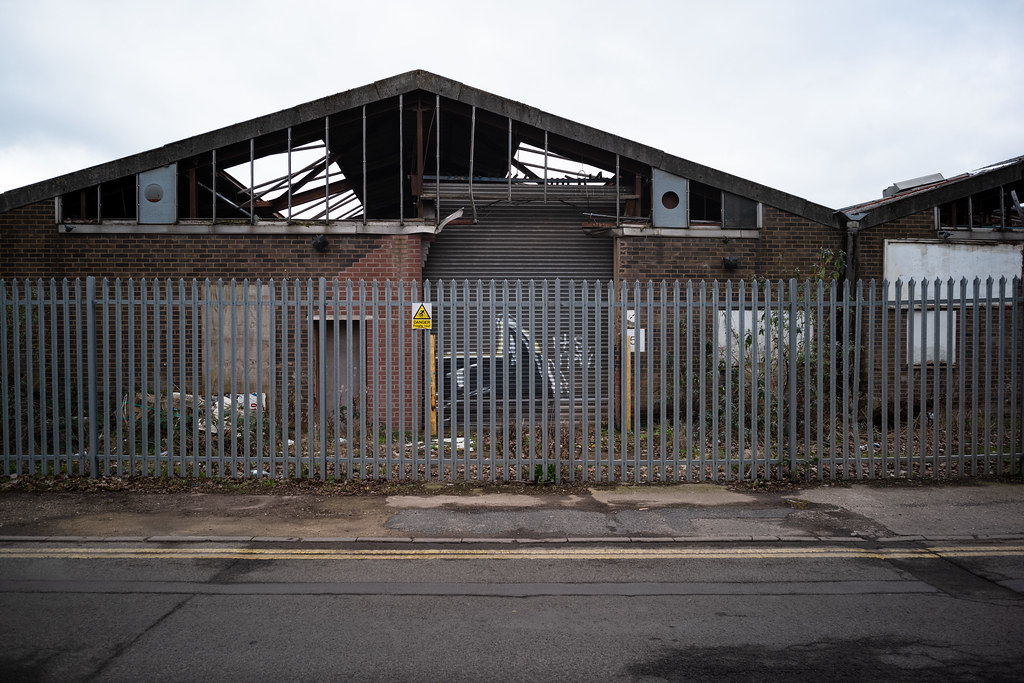
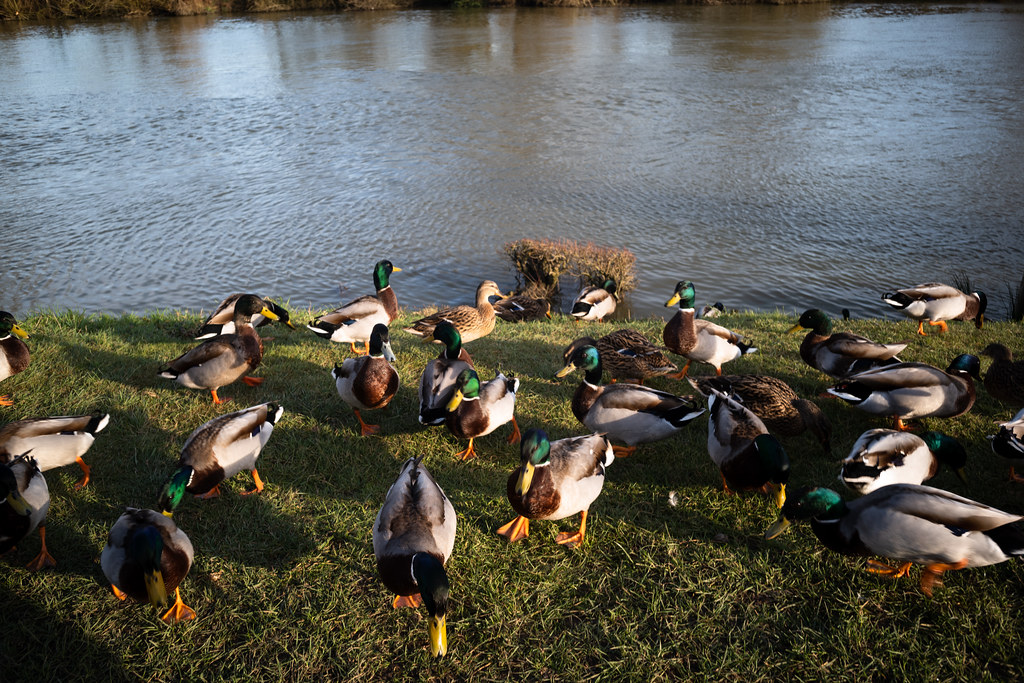
Conclusions on the TTArtisan 28mm f/5.6
Mechanics first, I really like the design of this lens. Does that mean I like the design of a TTArtisan lens, or does it mean I like the design of a Leica lens. Unfortunately for TT and their copy-cat antics here, I think the praise deserves to go to Leica. As far as I can tell, they are very similar if not practically identical in terms of the design and mechanical function.
Where the TTArtisan 28mm f/5.6 does fall short of the Leica is in terms of the overall mechanical feel. Yes its heavy and yes it feels very impressive, but it’s not up there with a Leica lens. I might not own many Leica lenses, but I have owned a few and they don’t suffer with gritty feeling aperture controls or wobbly bits – not in my experience anyway.
In terms of the optics, I can’t help being impressed. Actually, I’m not a massive fan of the overly clinical and modern feeling rendering of the sharpness, but it’s hard to argue with the fact that apart from right into the corners, this lens seems to be a very sharp lens. The apparent lack of distortion is impressive too.
There is some flare to consider here though – that blob of flare in the one image worries me, though I didn’t see much of it again, and the ghosts from internal reflections weren’t too problematic. The vignette is strong though, which might put some people off – though, personally I quite like it! My final issue is the 1m minimum focus distance – this just feels like TT missed a trick, it should focus down to 0.7m.
Ultimately, take any comparison with the Leica lens out of the equation here and you have a cheap (~£225 currently), small and nice to use lens that feels and arguably looks very good on the camera. And for that reason, despite the fact it is a more obvious attempt to copy a Leica lens than anything else they have so far made, I find it hard to knock it.
For all that though, I shall be sticking to my Voigtlander 28mm f/3.5 – it’s not as sharp, but it has a much nicer character, in my opinion at least.
Final Thoughts
In compiling our three perspectives, I have found it interesting to be able to more directly compare mine and Vincent’s priorities (as well as our review styles). It turned out quite nicely that he only shot film, and it certainly seems that my assumption that the TTArtisan 28mm f/5.6 would perform better into the corners was a valid one.
I am left wondering about copy variance though. In part, I am reassured that I can’t see any obvious signs of tilted or decentered optics in either mine or Vincent’s copy – this is a common issue with Chinese low-cost wide angle lenses. That said, he has been all praise for the mechanics, and I am a little less certain. Perhaps, I am just a bit more picky than he is.
Ultimately though, whilst I hope you will glean a good bit of value from mine and vincent’s more technical perspectives, it is Dave’s perspective that best sums this lens up. It’s cheap, and it does what he wants from a 28mm. If you don’t need a fast 28, and don’t want to spend too much cash, for the money, the TTArtisan 28mm f/5.6 has a lot going for it!
Share this post:









Comments
jason gold on TTArtisan 28mm f/5.6 Review – by Vincent Bihler, Dave Young and Hamish Gill
Comment posted: 11/04/2022
Recently a friend allowed me use of a 21mm Leica M-mount. I used it on an M6. Last few frames of film. Due to faulty loading on reel in developing tank, i had 3 frames left.(10 exposed). My images out of focus! On a 21mm. The lens was said to be unused and New. My pal shot 2 rolls with same lousy results! It had elements loose/wrong whatever. Diffraction a neat word but silly. Use all your apertures! See if it shows on lousy crappy images on Facebook. Whatever. I use a 50mm Collapsible Summicron (V2) with my M3 last 55 years.. A printer said my lens sharpest most beautiful rendering he's ever seen.. Sure it flares(all Leica lenses flare even Apo 50mm). So show better examples and i hate the original Leitz 28mm f5.6. I want real apertures.. All best!
Comment posted: 11/04/2022
Comment posted: 11/04/2022
Comment posted: 11/04/2022
Graham Line on TTArtisan 28mm f/5.6 Review – by Vincent Bihler, Dave Young and Hamish Gill
Comment posted: 11/04/2022
Comment posted: 11/04/2022
Arthur Silve on TTArtisan 28mm f/5.6 Review – by Vincent Bihler, Dave Young and Hamish Gill
Comment posted: 11/04/2022
Same goes for other FL ! Gimme a 35/2.8, a 50/2, a 90/2.8 or even 4 if it's really tiny. I crave small lenses but the price for them seems to be inversely proportionnal to their compactness.
I'm amazed at the technical prowess of a 90/1.25 or 21/1.5, but that's really not what I'd take on a walk.
ALSO ! Why no ltm mount ?? There's no drawback in having a ltm lens with an adapter ! They could even provide a small screw in the lens mount to lock it in place for those who don't need it. This 28/5.6 would pair perfectly with a small barnack style body !
And don't forget viewfinders ! Ahh, there's so much I expect from these new-ish players ..
Comment posted: 11/04/2022
Comment posted: 11/04/2022
Kodachromeguy on TTArtisan 28mm f/5.6 Review – by Vincent Bihler, Dave Young and Hamish Gill
Comment posted: 12/04/2022
Comment posted: 12/04/2022
Comment posted: 12/04/2022
Yant Martin-Keyte on TTArtisan 28mm f/5.6 Review – by Vincent Bihler, Dave Young and Hamish Gill
Comment posted: 12/04/2022
On the lens itself I do wonder why they didn't copy the optical formula as well.
Lee on TTArtisan 28mm f/5.6 Review – by Vincent Bihler, Dave Young and Hamish Gill
Comment posted: 12/04/2022
Comment posted: 12/04/2022
Andrew on TTArtisan 28mm f/5.6 Review – by Vincent Bihler, Dave Young and Hamish Gill
Comment posted: 12/04/2022
Hell might as well offer some of their Leica M mount lenses to work on the Olympus Pen Ft/F/FV too since the flange is close enough if they applied the same process as their aps-c lenses which would also open up more lenses to use especially on the wider end.
B Schmidt on TTArtisan 28mm f/5.6 Review – by Vincent Bihler, Dave Young and Hamish Gill
Comment posted: 11/01/2023
WW on TTArtisan 28mm f/5.6 Review – by Vincent Bihler, Dave Young and Hamish Gill
Comment posted: 21/02/2023
Comment posted: 21/02/2023